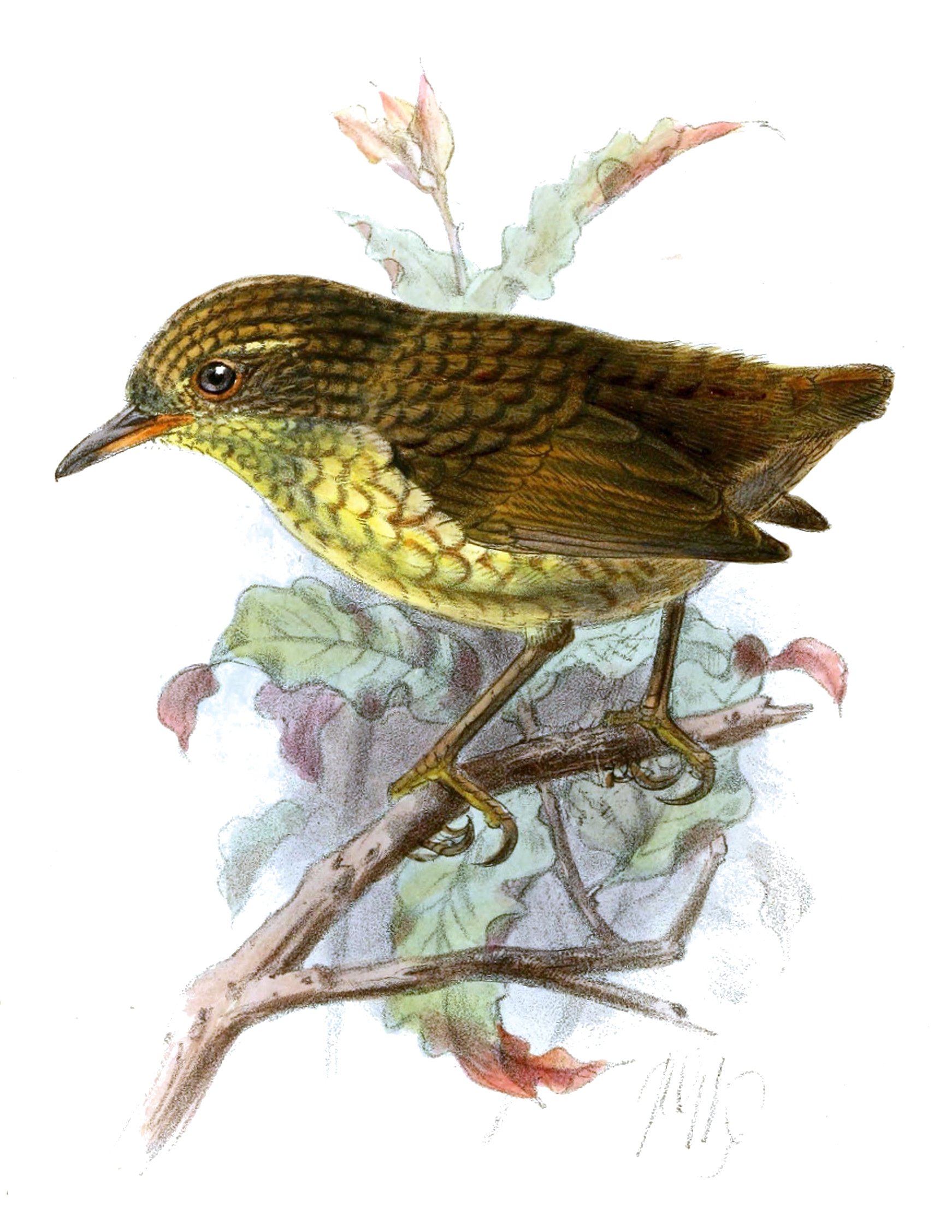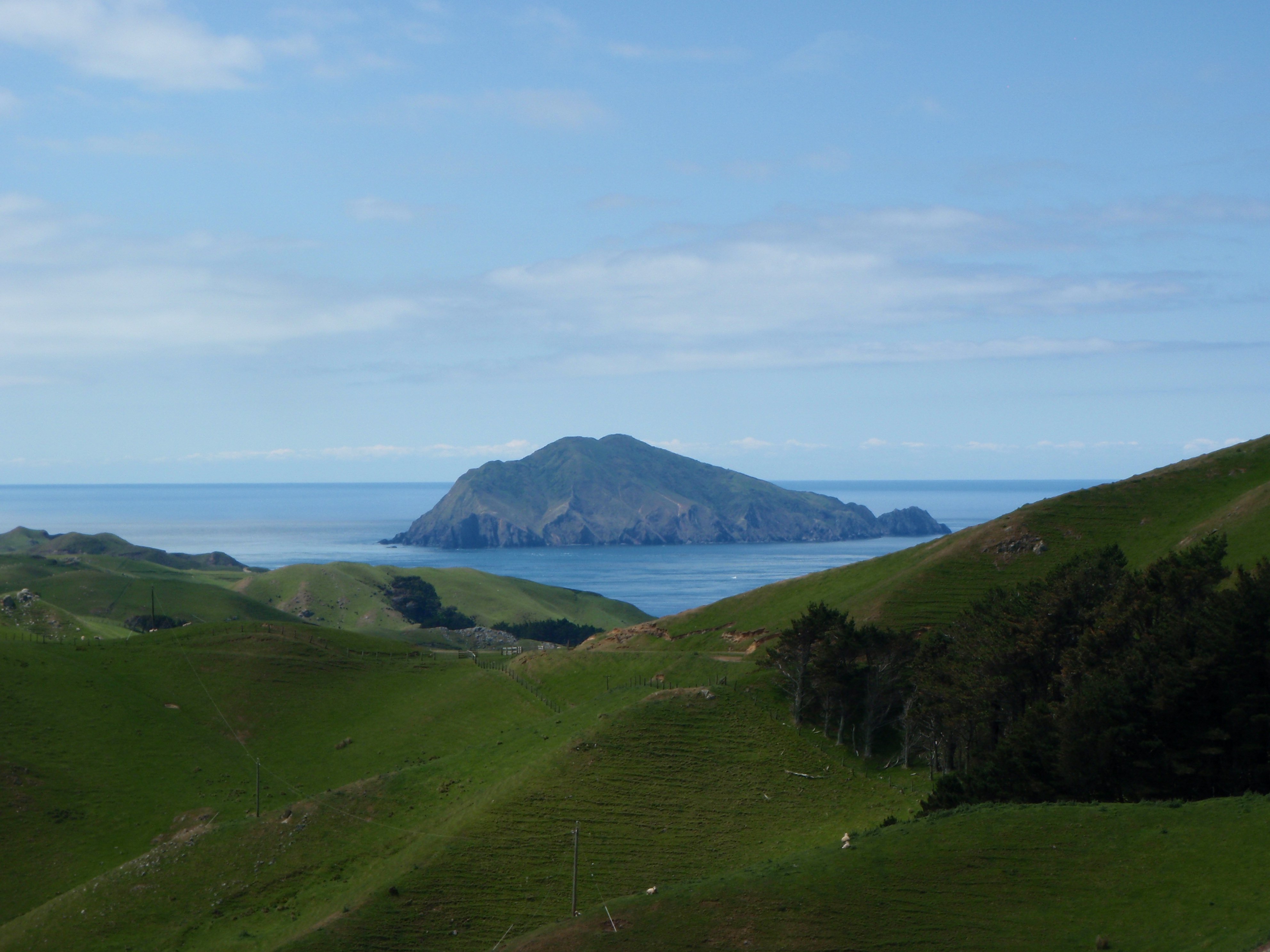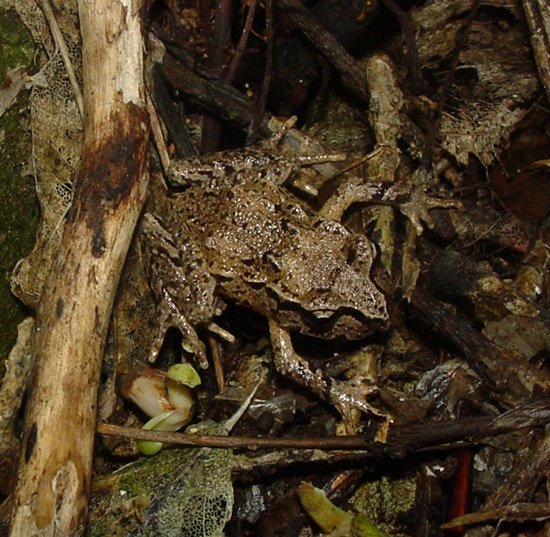Cats are excellent predators, and in the US alone, cats kill over one billion birds annually! The billion birds killed is only the lowest estimate, and some sources claim that it is close to 4 billion birds yearly. In many places, domestic cats are a real threat to the bird biodiversity, and today I want to share a sad legend about how a single cat named Tibbles was able to kill an entire species on his own!
The Lyall’s wren (Traversia lyalli) once used to be found all over New Zealand, but it only became known to scientists in 1894. At that point is was is rapid decline, and was only found on the small island Stephens Island, located in Cook Strait, the small area of sea that separates the north and south islands of New Zealand.

An illustration of Lyall’s wren; they went extinct before cameras where common, so there are no photos of them. Illustration is public domain.
Stephens Island is a very small island, only having a surface area of 1.5 square kilometers (0.58sq miles for the Americans). The island housed a lighthouse, and the legend goes that his pet cat Tibbles singlehandedly killed the entire population of Lyall’s wren on the island – therefore also making the species go extinct.
Is the legend true?
The legend is actually true to some extent. Tibbles killed a lot of Lyall’s wren, but he was not alone in doing it. The island also had some feral cats, which helped him out in the process, so the parts about cats killing the species is correct. Scientists assume that the Lyall's wren could still be extant if there were no cats (neither domestic or feral) on the island, so this goes to show how much of an impact invasive species can have on a fragile ecosystem.

Stephens Island. Image by Wikimedia user LawrieM, posted with the Creative Commons Attribution-Share Alike 3.0 Unported license.
Tibbles was also seen killing one of the very last of the birds, and after he killed it, the species was not seen for a few years. This event is probably responsible for creating the legend. However, a few years later more birds were found on the island, but were soon killed by the feral cats there.
The legend is therefore not entirely true, but is still makes for a cool story. It is in part true, and Tibbles was of course very involved in the process – he just also had some help from the feral cats.
Stephens Island is still important for biological conservation
The Lyall’s wren has been extinct for a long time now, but Stephens Island is still important for bioconservation. It has several endemic species, such as Hamilton's frog (Leiopelma hamiltoni) and ngaio weevil (Anagotus stephenensis) that are not found anywhere else in the world except for on this small island. Luckily they managed to survive both Tibbles and the feral cats!

Hamilton’s frog, an extremely rare species of frog that is only found on Stephens Island. Image by Phil Bishop, posted with the Creative Commons Attribution-Share Alike 2.5 Generic license.
There are also other rare species there, such as Stephen’s Island gecko (Toropuku stephensi) and Cook Strait click beetle (Amychus granulatus). These are mainly found on Stephens Island, but can only be found on some other, nearby locations in Cook Strait.
The lighthouse is still standing on Stephens Island, but there are no inhabitants there as of now, so at least the animals on the island no longer have to fear domestic cats owned by the lighthouse keeper!
About the author
Hi, I’m @valth! I live in Norway with my girlfriend, our newborn son, and our two dogs, one of which is seen wearing a bow tie in the profile picture!
I am very passionate about nature and biology, and have been studying ecology for a few years now. My passions are mostly within conservation biology, mycology (the studies of mushrooms), animal behavior and general microbiology. I really enjoy both the theoretical aspect, as well as the more practical aspect of biology, and I spend about as much time in front of biology textbooks as I do spend on finding and identifying plant, mushroom and animal species in the forests.

